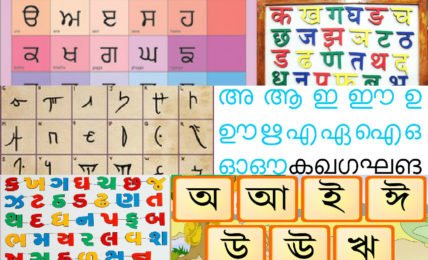The Construction of Han Chinese Identity and it’s relevance to Aryan Invasion Theory
The remnants of the subdued race supposedly fled to other parts of India, closely followed by the Aryans who slowly populated the whole of India, with the Aryan culture taking it’s own time to reach the extremes of India. It took almost 2500 years for isolated tribes to evolve into the concept of a single China. Why should this be different in India?








